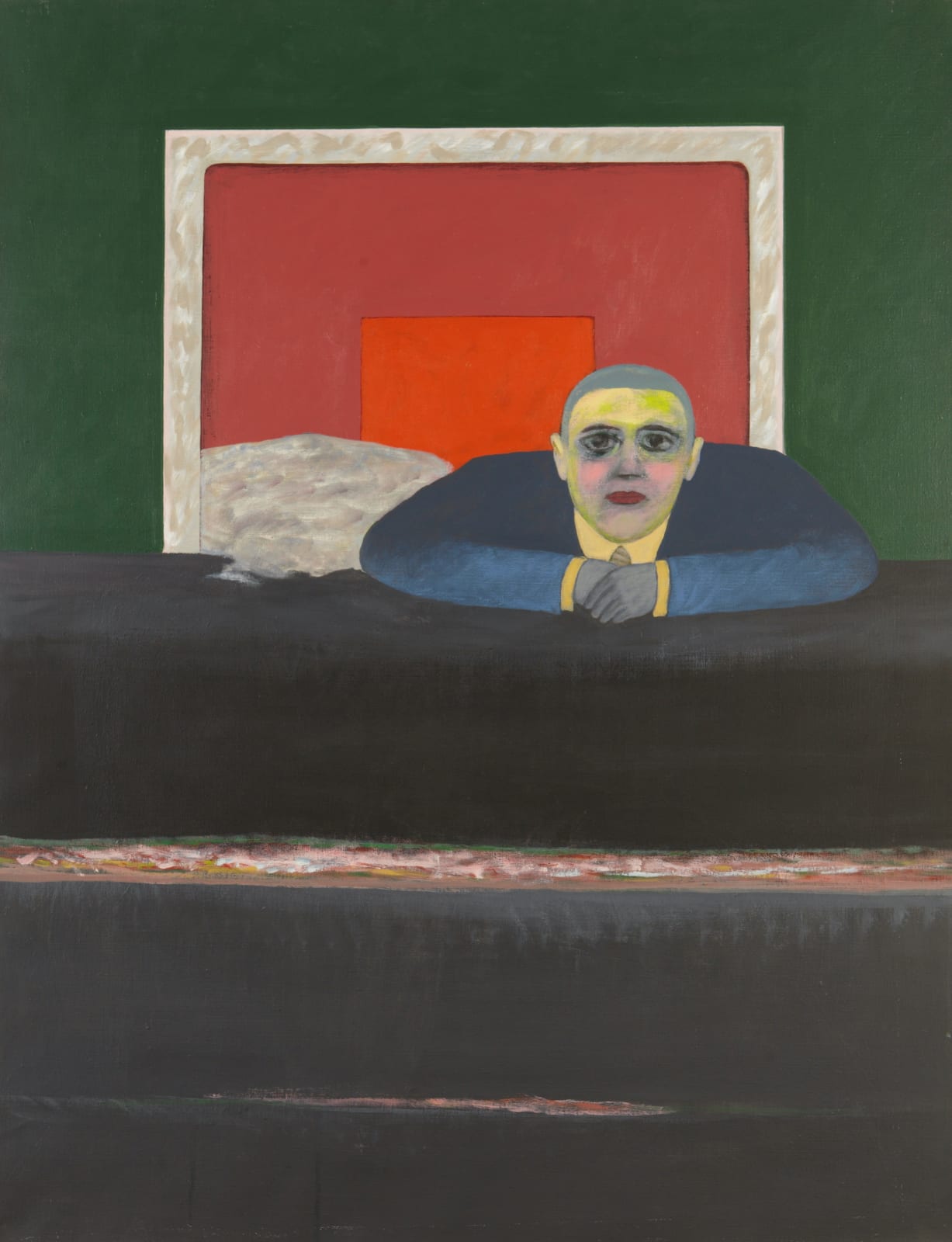Art Paris 2021: Virgilio Villalba Solo Show
 GRAND PALAIS ÉPHÉMÈRE - CHAMP-DE-MARS
Booth G2
https://www.artparis.com
GRAND PALAIS ÉPHÉMÈRE - CHAMP-DE-MARS
Booth G2
https://www.artparis.com
Virgilio Villalba was born in Tenerife (Spain), but when he was three years old his family emigrated to Buenos Aires, Argentina.
In the capital of Argentina he studied at the National School of Fine Arts Prilidiano Pueyrredón, the most important artistic study center in the country at that time.
In this academy a group of students emerged, integrated by Tomás Maldonado, Alfredo Hlito and Claudio Girola, who rebelled against academic conservatism, opening up the future confrontations between figurative and abstract art. This nucleus of creators was, during the second half of the 1940s, the founder of Argentine concrete art, an aesthetic movement within abstract art where Villalba will have an outstanding performance. In this sense, the work produced by the artist during the 40s and 50s is an outstanding example of Latin American concrete art.
Like many Latin American intellectuals, Villalba emigrated to Europe in the late 50s, thanks to an Oxford University scholarship, escaping from an Argentine social and political context defined by instability and the loss of fundamental freedoms. After spending one year in UK he establishes his residence in Paris.
During the 1960s, the artist underwent a fundamental change in his artistic production, addressing figurative painting and creating a personal work of extreme originality.
The curatorial project, Le réalisme de l'aliénation, Virgilio Villalba, artworks from the 1960s and 1970s, presented by Galería de las Misiones at ART PARIS 2021, showcases for the first time a formidable selection of the artworks produced during the decades of the 60s and 70s in Paris by this outstanding French-Argentine artist.
In a French context of the rise of Nouveau réalisme (New Realism) and Figuration Narrative (Narrative Figuration), as well as the international apogee of Pop Art, Villalba made a pictorial production where he represents loneliness, impersonalism, anonymity and alienation suffered by the contemporary individual who lives in large cities.
From this original production, most of the works did not have titles, instead the artist relied on the evocative capacity of the images. Yet some do, as is the case of L'attente (The Wait) from 1974. In it, the title defines the oppressive climate of abandonment of the will and existential drift of a person laying on a bed, where we only see his puzzled face watching us. On the other hand, in the work Dîner sous la coupole, from 1974, which refers to the mythical and bustling restaurant of the Montparnasse neighborhood, we see a person who dines in the solitude of an empty space, a serene metaphor about the isolation of the urban individual.
In the second half of the 70s, his work loses the gestures of the brushstroke and appears cold and impersonal. An outstanding example of this is the 1978 series Alimentation (Alimentation), where the artist presents elements in the manner of a cold scenography, which give an account of the industrialization and dehumanization of contemporary alimentary habits.
Curatorial Project and Text Manuel Neves Paris, October 2020










